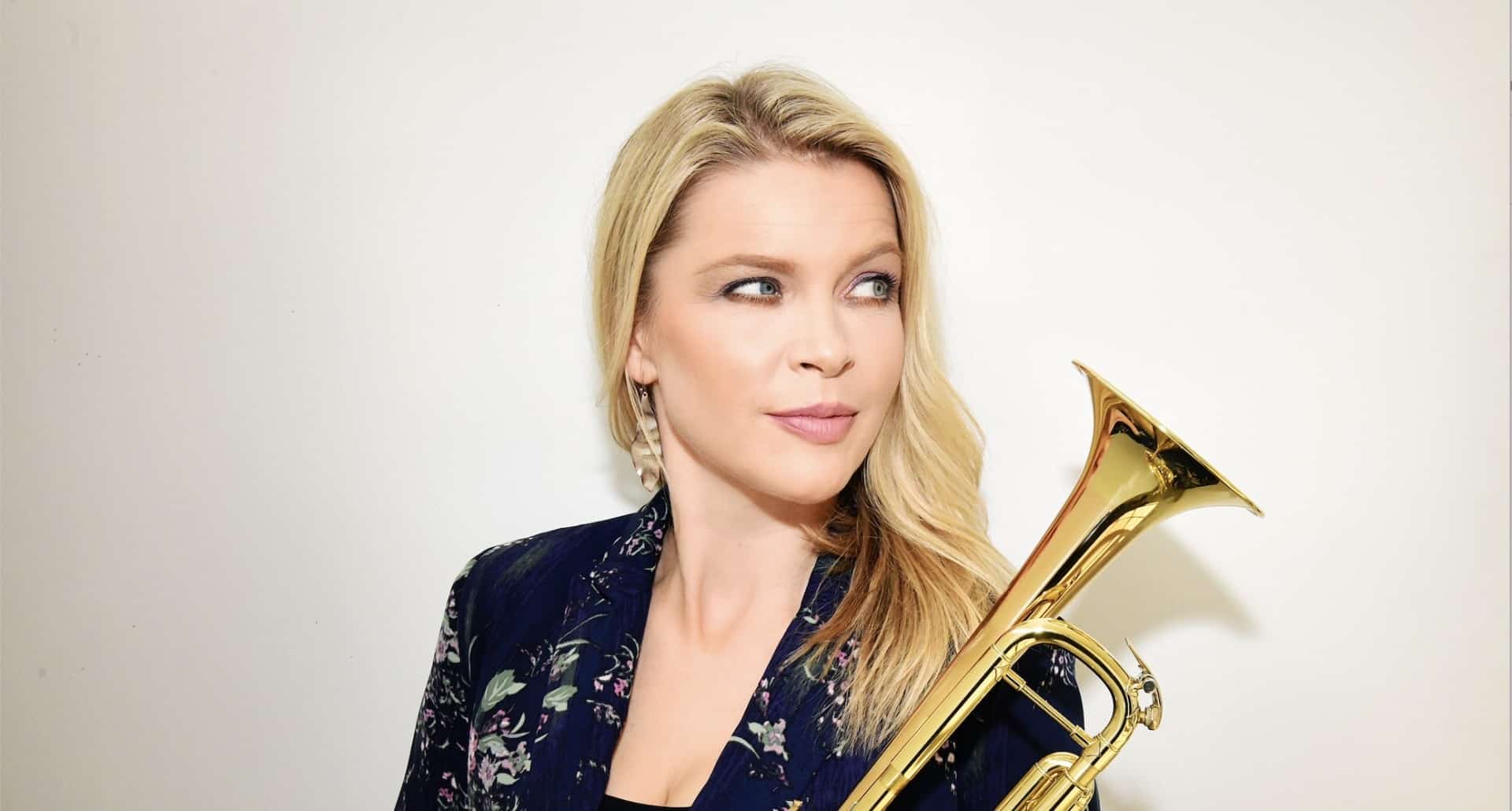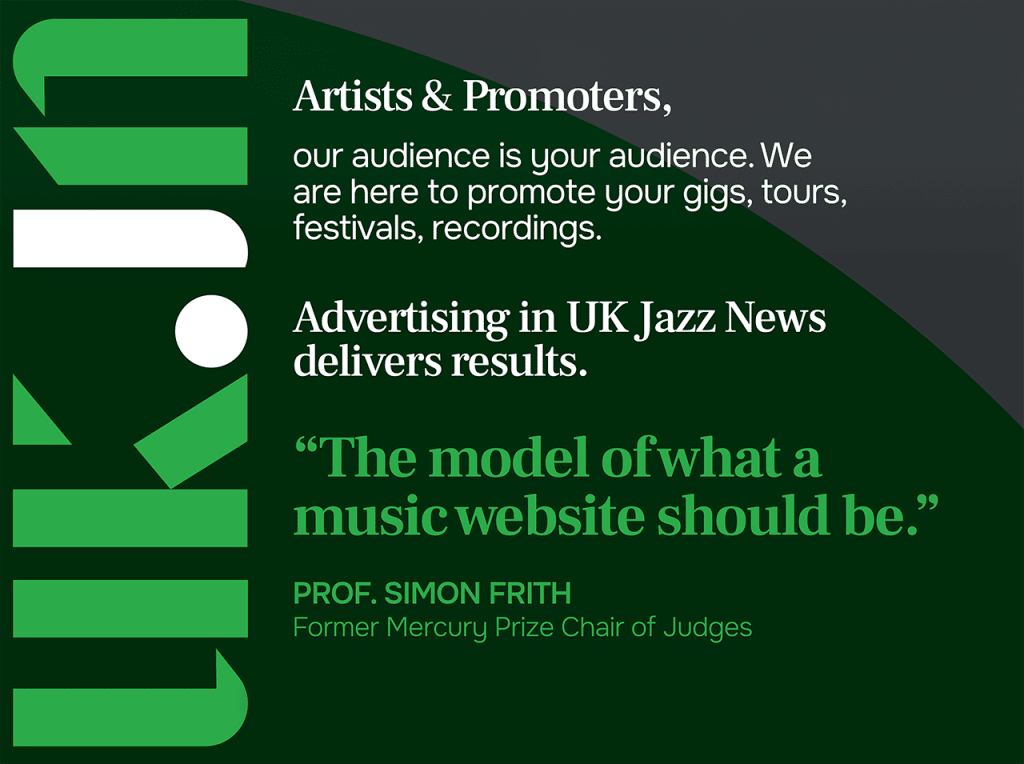The following is an interview between jazz journalist Morgan Enos and trumpeter, vocalist and songwriter Bria Skonberg. Her new album, What it Means, a tribute to New Orleans, will be released July 26 and features soprano saxophonist Aurora Nealand, tenor saxophonist and bass clarinettist Rex Gregory, trombonist Ethan Santos, and sousaphonist Ben Jaffe. Vocalist Gabrielle Cavassa appears in duet with Skonberg on a cover of Van Morrison’s “Days Like This.” Links to purchase the album, and to Skonberg’s website, can be found at the bottom of this article.
Bria Skonberg isn’t from New Orleans; she’s from the Great White North. Despite her sizeable jazz bona fides, when she pays homage to the Big Easy, she understandably hedges.
“I’m trying to take all these different variables and life experiences, and find a way for them to come together in a big pot,” she says.
This involved such covering such non-NOLA figures as Sonny & Cher’s “The Beat Goes On,” John Lennon’s “Beautiful Boy (Darling Boy),” and a cross between Billy Joel and Thad Jones in the closer “Lullabye (Goodnight My Angel)/A Child is Born.”
Read on for an interview with Skonberg about her latest work.
UK Jazz News: When it comes to jazz, a New Orleans tribute album is the most natural move in the world. How did you swerve around genericism and make yours personal?
Bria Skonberg: The times that I visited there are extremely nostalgic. Every time I’ve gone there, I’ve synced up with a different set of musicians, and followed them around, or jumped in at places, and had different experiences. My relationship with New Orleans has never been one thing. It’s always continuing to change and evolve.
But, my last few years have been so disorienting. I was trying to figure out another layer of foundation on top of all these recent life experiences. It was a reset, in a way.
You can’t go back to how things were, but it seemed grounding to come back to the music, the ideas that I’ve loved for a long time. To play music that’s rich in rhythms and melodies. But then, of course, expand on it, because that’s who I am.
I think the album is very groove-based; there’s a lot of music that starts from the bottom up, that you feel in your feet first, that makes you want to move. It gives you the idea that we’re going places. We’ve been through a lot together, but things are getting better.
UKJN: Take us through your history with New Orleans, including that nostalgia factor.
BS: There is so much history in that city that I’m not even privy to. There are legacies upon legacies of people and musicians that have lived there forever.
I first fell in love with the music through a school band program up in Canada.
Louis Armstrong [and] Sidney Bechet went out into the world as ambassadors, and they gave the rest of the global scene an idea of what American jazz sounds like, even after traditional jazz was out of fashion, per se.
The first time I went to New Orleans, I went with some friends from Europe. We ended up at these house parties, jamming, hanging out and meeting people who were icons to me. They became accessible in such intimate and intimidating sorts of environments.
Also, the scenery of it: the beauty of the colours and the vibrance. The architecture is set up with the influences of the Spanish and French, and all of it’s [imbued] with Black American culture. It just had such a profound effect on me.
UKJN: “Beautiful Boy” is a clear highlight. What did you take from it emotionally, and/or take from it and apply to a jazz context?
BS: One of the benefits of becoming a parent is I hear music in new ways. Not just new sounds; more like, I’ve heard that song before, but now that I have a young son, everything’s precious again.
I love pop tunes, because there are different sections that you can put different textures in. The verses have this water-esque sort of thing to them, and then in the “I can hardly wait” part, I put a little bit of a Professor Longhair-style groove under it, just to keep the pulse going.
I think of it almost as a lullaby for parents, at this point. You can’t describe the journey. But when I play that song live, I see a lot of tears, a lot of nodding, a lot of relief. By singing a song like that, [I’m able to say] I hear you, I see you. Let’s just have this moment together.


